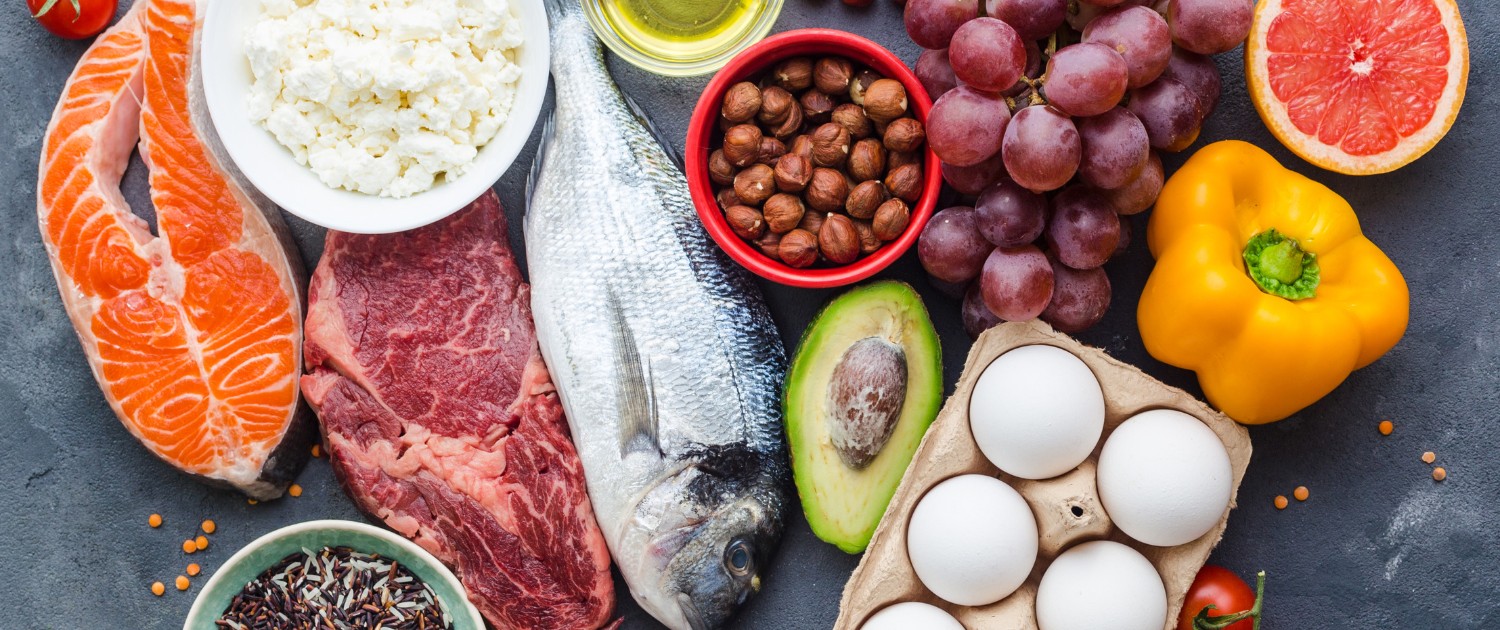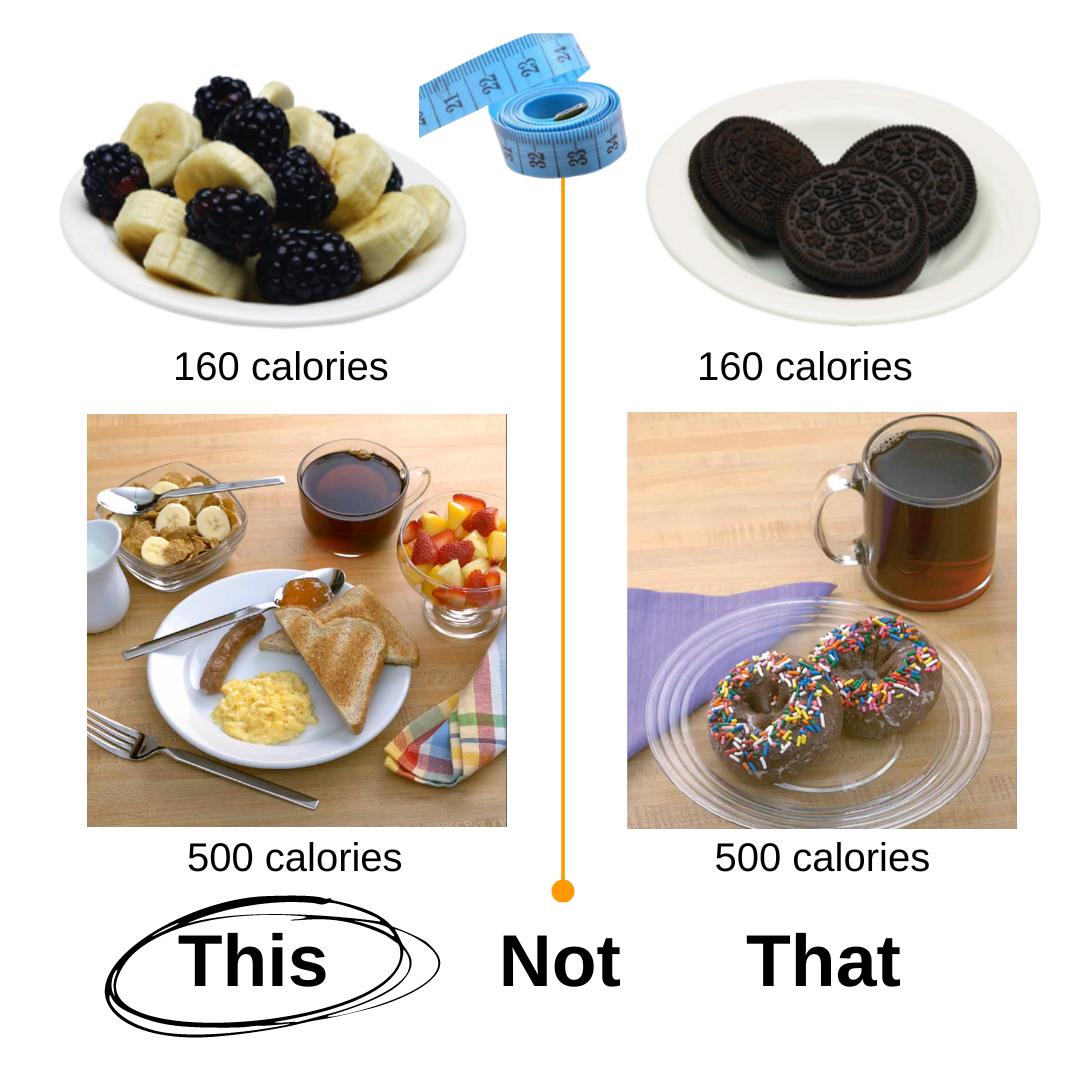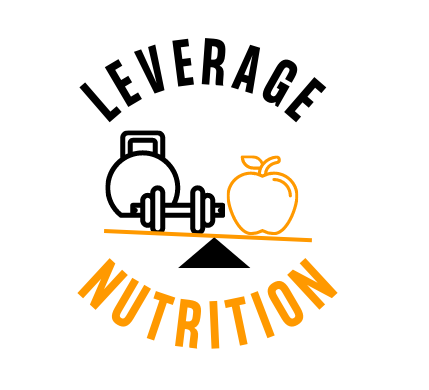
In a world where fad diets and extreme fitness trends often dominate the conversation about fat loss, the path to a healthier and more balanced life can sometimes seem elusive. What if I told you that fat loss and sustainable weight management is not about quick fixes or deprivation?
Instead, it’s about embracing an approach that works for you and creates the least amount of friction for you and your lifestyle.
In this blog post I’ll provide you practical strategies that can revolutionize your relationship with food, help you reach your weight management goals, and, most importantly, maintain them over time. From the filling benefits of protein and fibre to the art of mindful eating and understanding the complex interplay between hunger and appetite, I’ll provide the information you need for a healthier, happier you.
Increase Protein
Protein is very filling and slows down digestion. By increasing your protein intake you will end up consuming less calories because you will get full faster and stay full for longer.
Having more protein also helps prevent muscle breakdown. When you create an energy deficit, necessary for fat loss, your body will replenish that deficit by using stored forms of energy – one of those being muscle. By increasing your protein intake, your reducing, but not preventing, the chance your body uses it’s own muscle as a fuel source.
Aim to include lean protein sources in most meals and snacks. This could be poultry, fish, lean cuts of meat, eggs, dairy products, or plant-based options like tofu, beans, and lentils. Strive to distribute your protein intake throughout the day to support muscle recovery and satiety.
Increase Fibre
Similar to protein, fibre slows down digestion. This will help make you feel full for longer. Good sources of fibre: Vegetables and fruit, whole grains.
Fibre also supports digestion by preventing constipation and promoting gut health.
Whole, unprocessed foods like fruits, vegetables, whole grains, nuts, and seeds are excellent sources of fibre. Aim to include these in most meals and snacks.
One point about increasing your fibre intake: increase gradually to avoid digestive discomfort. Stay hydrated to allow fibre to work its magic smoothly.
Calorie vs. Nutrient Density
Nutrient density refers to the ratio of essential nutrients to calories in a food. Opting for nutrient-dense foods helps you stay satisfied while getting the vitamins and minerals your body needs, all without excess calories.

Keep Eating Out To a Minimum
Make your own food at home if possible.
Restaurant food tends to be higher in calories, largely due to added butter (because it makes it taste way better). The extra butter adds a lot more calories
Fast food is highly processed. Higher processing increases the speed at which your body digests said food. This means you get hungry faster, and likely end up eating more calories over the course of the day.
Reduce Calories From Beverages
Try to reduce intake of beverages that have calories in it – this means things like pop, juice, coffee and tea (if you are adding sugar to it), and yes alcohol. Opt for water and diet alternatives as much as you can.
If you can’t get rid of caloric beverages, try to reduce your intake.
Mindful Eating
Pay attention to the messages your brain is giving you and what you’re feeling when you’re eating – or when getting the sensation of hunger (for example, are you really hungry, or just bored and looking for a distraction?). Being more mindful will allow you to better recognize feelings of fullness, help with portion control, and help prevent overeating – all of which can help with fat loss, and prevent weight gain and maintaining a healthy weight.
A few tips to eating more mindfully:
- Trust your body, not your brain. Your brain will some times trick you, or send you false messaging. A good example is hunger versus appetite. Hunger is a physiological response, a body response. Appetite is a sensation of hunger, and a brain response. Hunger is your stomach growling. Hunger is you getting lightheaded because you’re running on fumes. Appetite is seeing, smelling, or thinking about a favorable food and suddenly being “hungry”.
- Chew your food. Taking your time to chew slows down your eating pace, and allows you to be mindful about what you’re doing. It also helps you savour the flavours and fully appreciate the experience of eating food, and improve your relationship with food.
- Don’t eat while distracted. Eating while doing other things, i.e. watching TV, will lead to over-eating. Focus on simply enjoying the food, and the company that you share it with.
- Try to break conditioned eating habits. Has this situation happened to you? You just finished eating supper and you decide to watch a movie afterwards, and then all of a sudden you seem to be hungry again and want snacks – well I mean, who doesn’t like snacks? This is a conditioned response, you’re not physiologically hungry. Try to break these habits, or work with them – like having low-calorie popcorn, vegetable sticks (snap peas and carrots), or tea to keep your hands and mouth busy.
- Don’t reward yourself with food. You’re not a dog. Food is meant to be enjoyed, absolutely, but don’t reward yourself with it. If you must reward yourself, do it with something else, like a massage, a round of golf, hockey tickets, etc.
Strategically Snack
If you find you’re getting hungry at consistent times throughout the day, in particular if you’re “hangry” then, try to have a snack 30 minutes to an hour before that time.
Identify Trigger Foods and Act Accordingly
Trigger foods are foods that you have a very hard time not eating if they are around. With these foods, your will power isn’t enough to prevent you from eating them. There are a few strategies with these foods:
1. You can rid your house of these foods completely to prevent any temptation.
2. You can buy these foods in small portions (even it’s more expensive), so that when you do get a craving you don’t over do it and you’re craving is satisfied (think small bag of chips, instead of large bag).
3. Don’t have these foods highly visible, for example don’t put them at at eye level in the pantry or fridge – instead put your healthy foods at eye level.
Be Mindful Of Your Caloric Intake – Somehow
Fat loss is all about creating an energy deficit for your body to balance out with its own energy stores. It’s one thing to know what to do, but you need to apply the knowledge and track it. If you don’t know how many calories you’re taking in on a daily basis, and weekly, then it makes it harder to course correct when things aren’t working.
This doesn’t mean you have to track calories every day, but you need some way to monitor how you’re doing. Here are a few different ways, starting from the least amount of effort:
- “Eat less” – whatever that means to you – and assess your progress by doing weigh-ins regularly. If you’re losing weight, rinse and repeat.
- Follow a pre-made nutrition plan loosely; this plan being customized to you and made in a way that promotes fat loss for you.
- Record food intake a few days (3-4) per week, via pen and paper or an electronic tracker like MyFitnessPal.
- Follow a pre-made nutrition plan, once again this plan being customized to you and made in a way that promotes fat loss for you, and record food intake a few (3-4) days a week.
- Follow a nutrition plan diligently, and/or record food intake daily
Balance, Moderation, and Consistency
These are three key principles to apply for sustainability – for fat loss, and long-term weight management. Extremes, whether it’s drastically cutting out entire food groups or overindulging in “cheat” days, often lead to unsustainable habits and rollercoaster weight fluctuations.
Food isn’t black/white, health/unhealthy, clean/dirty, etc. context and content matter.
By emphasizing balance, you can enjoy a wide variety of foods that provide essential nutrients while still creating a calorie deficit necessary for fat loss. Moderation ensures that no food is off-limits, reducing the likelihood of feeling deprived and succumbing to binge eating tendencies. This approach encourages a lifelong commitment to healthy eating habits, making it more likely that you’ll achieve your weight loss goals and maintain them in the long term.
Let’s use an example. You’re having coffee at a coffee shop and see a delicious donut. You’ve been diligent with your diet this week and want one (but not to reward yourself for your hard work this week). Ask yourself, have you had a donut in the past week – or other calorie dense snack that doesn’t have a lot of the above strategies (protein, fibre, nutrient dense, etc.)? If the answer is no, then enjoy the donut. If the answer is yes, for example maybe you had a slice of cake a few days ago, then you might want to reconsider.
You are what you consistently do.
Meal Timing & Frequency
Distributing meals evenly throughout the day helps maintain a steady blood sugar level, reducing the chances of excessive hunger and overeating later. It’s essential to find the meal timing that suits your lifestyle and preferences, whether it’s three meals a day or smaller, more frequent ones, as long as it aligns with your daily activities and works for you.
Meal Plan Proportions
Bigger person, bigger plate. Smaller person, smaller plate. Eating by proportions is one easy way to ensure you’re maximizing the nutrition you’re getting food: ½ portion fruits/vegetables, ¼ portion protein, and ¼ portion whole grains; eating this way can also help reduce the number of calories you consume if you’re focusing on fat loss, due to the high fibre and protein content that will help make you feel full.


Red dashed line + triangle: for fat loss, to help reduce calories and increase fullness it can help to increase the amount of protein to more than ¼ portion.
Achieving sustainable fat loss and maintaining a healthy weight isn’t about extreme diets or quick fixes. It’s about adopting practical strategies like increasing protein and fibre intake, practicing mindful eating, and understanding your body’s signals. However, the real key to long-term success lies in balance, moderation, and consistency. By applying these principles, you can enjoy a variety of foods while still achieving your fat loss goals. Remember, it’s about making mindful choices consistently to create a healthier, happier you.
Till next time,
-Mike
Thanks for reading. Here are some other ways ww can help:
Free:
Other blog posts on this website
Social Media: Instagram / Tik Tok / Facebook
Weekly email: 1 Recipe & Nutrition Tip
Paid:
